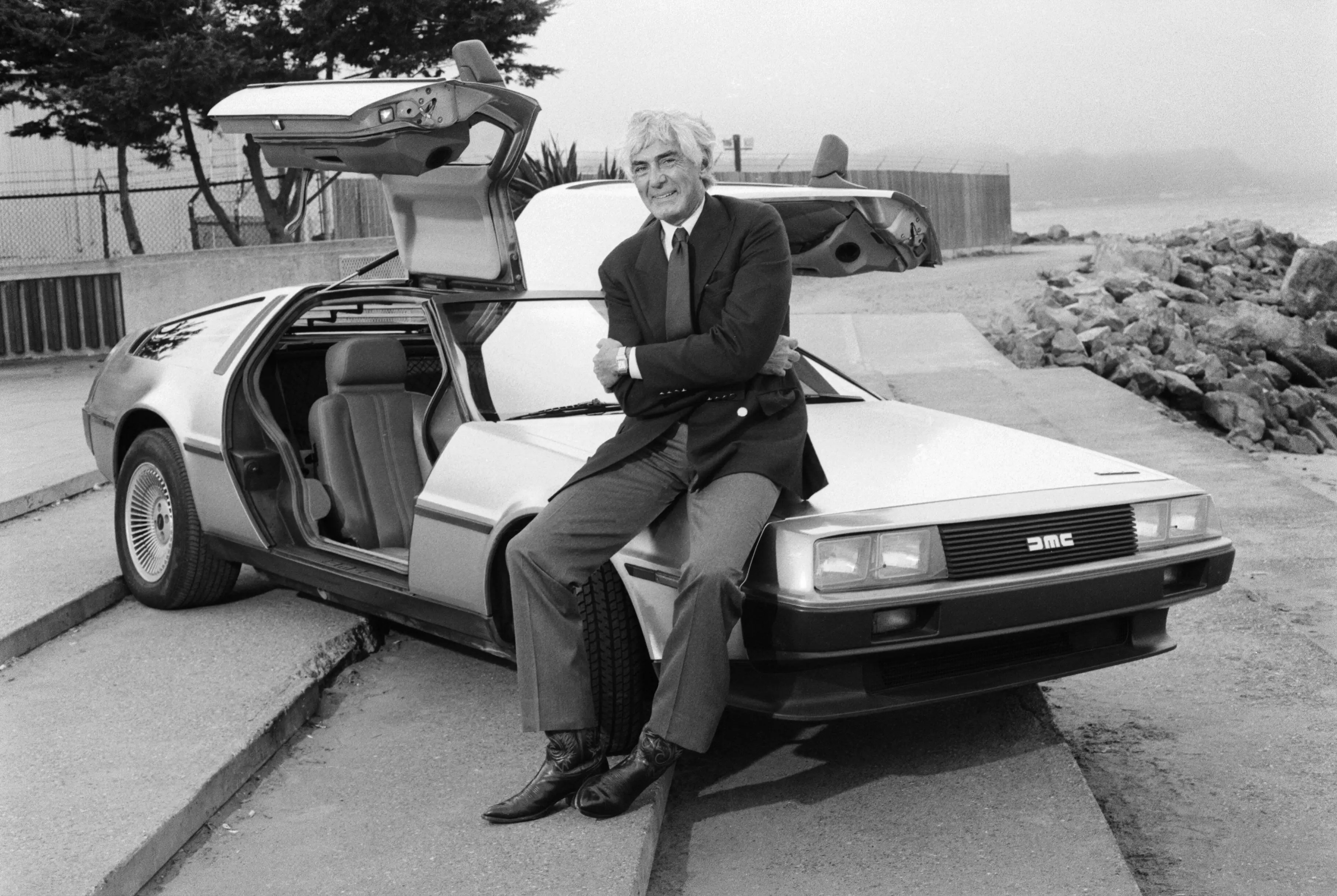The Nostalgia of Forgotten Gods: DeLorean, UK, 1975-1982
20 April 2024 3 min read 4 images

Photo credit: DeLorean Motor Company, Wheelsage
DeLorean stands as a brand that has gone down in history mainly because of the appearance of the only model that was ever produced, the DMC-12, in the "Back to the Future" trilogy of films where it was modified into a time machine. The success of the film, however, did not translate into the anticipated commercial success for a brand that remains wrapped in mystery to this day because of the affairs that surrounded founder John DeLorean.
Register to unlock this article
Signing up is free and gives you access to hundreds of articles and additional benefits. See what’s included in your free membership. See what's included in your free membership.
Already have an account? Log In

